How does E. Coli spread? Why does it continue to be a problem? Why don’t we wash our hands?
Coli is harmful especially when ingested through food or water. It can cause contamination in many ways. Humans like us can easily be poisoned by these bacteria. E. Coli is usually spread through feces of animals or humans. If any of this gets into contact with food or water, we are screwed.
Infested feces can contaminate water supplies. If the water has not been properly treated and is ingested it can cause symptoms like bloody diarrhea, dehydration, stomach cramps, and vomiting.
Coli can infect meat, dairy and produce. If these foods aren’t treated whether they haven’t been cooked thoroughly, pasteurized, or washed then these foods will infect you. It should be common sense to make sure foods are treated for bacteria. Often these actions are neglected and that is how outbreaks and recalls occur.
It can also spread person to person. These usually occurs when the person who does not wash their hands after using the bathroom, whether it’s urinating or taking a dump. Like I mentioned before, where did the common sense go?
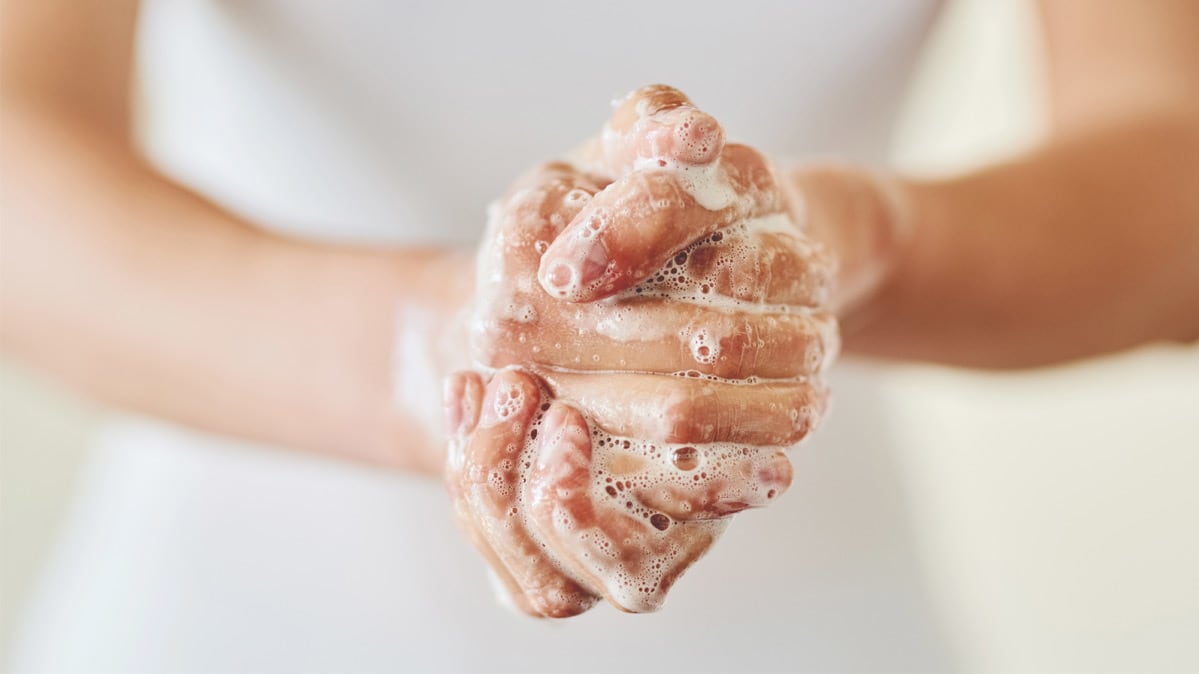


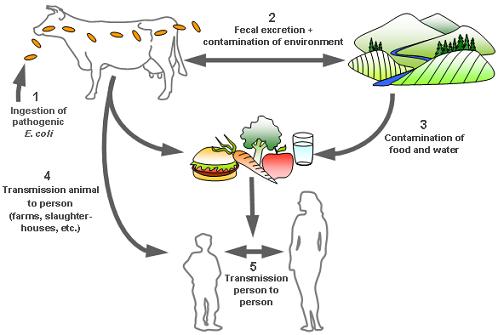
:max_bytes(150000):strip_icc():format(webp)/e-coli-symptoms-diagnosis-treatment-4174407_FINAL-5bc3f6a2c9e77c0051aa3143.png)
‘
https://www.healthlinkbc.ca/health-topics/hw133795
Growing pains of E.Coli
The growth of e.coli can be generated by aerobic or anaerobic respiration. It can grow when oxygen is present, or in the absent it can grow through fermentation.
They can thrive off many nutrient sources as well. E. Coli can grow in temperatures from 98.6 to 120 degrees Fahrenheit. These bacteria can grow in a variety of mediums such as salt, water, glucose, and magnesium sulfate.
Rate of growth for E. Coli doubles as more and more nutrients are available.
The growth rate can be exponential which is why a lot of outbreaks can occur. E. coli found in water and found and food, can replicate and contaminate everything around them.
E. Coli are heterotrophic organisms and acquire their food from other carbon sources. They can reproduce through cellular division or through conjugation using a sex pilus.
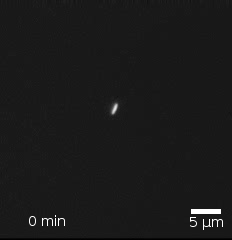

https://ecdc.europa.eu/en/escherichia-coli-ecoli/surveillance-and-disease-data
https://onlinelibrary.wiley.com/doi/abs/10.1002/jobm.200410542
http://bioweb.uwlax.edu/bio203/s2008/moder_just/interaction.htm
Inside Escherichia Coli
These are unicellular organisms because they can divide and multiple independently.
Escherichia coli are average sized bacteria. They are rod-shaped bacteria and are about two micro-meters long. They are also gram-negative bacteria which means they have a thin peptidoglycan cell wall.
Peptidoglycan wall makes it hard for antibiotics to penetrate the cell. If you were to perform a gram-staining on this bacteria, they will stain pink.
There are over three hundred genome sequences for E. Coli and Shigella. E. Coli is related to shigella because they are a sub-species. The only differences that these bacteria have can be found on a molecular level.
Their genome contains over 4.6 million base pairs. There are over 300 hundred genomic sequences of esherichia coli and shigella.
Escherichia coli are also very motile organims that have flagella.
These bacteria can be found everywhere from the inside and the outside. they can be found in water, food, inside our bodies, and anywhere where they can thrive.
https://www.britannica.com/science/bacteria/Diversity-of-structure-of-bacteria
https://www.redorbit.com/reference/escherichia_coli/
https://www.redorbit.com/reference/escherichia_coli/
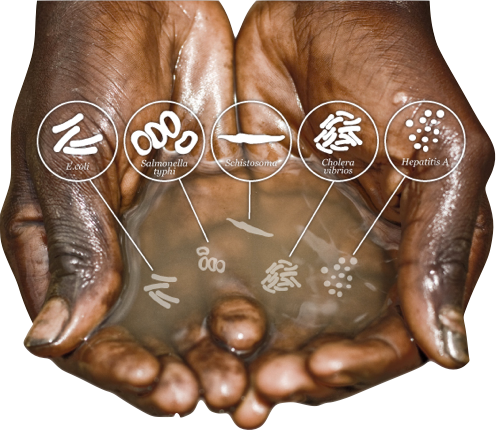

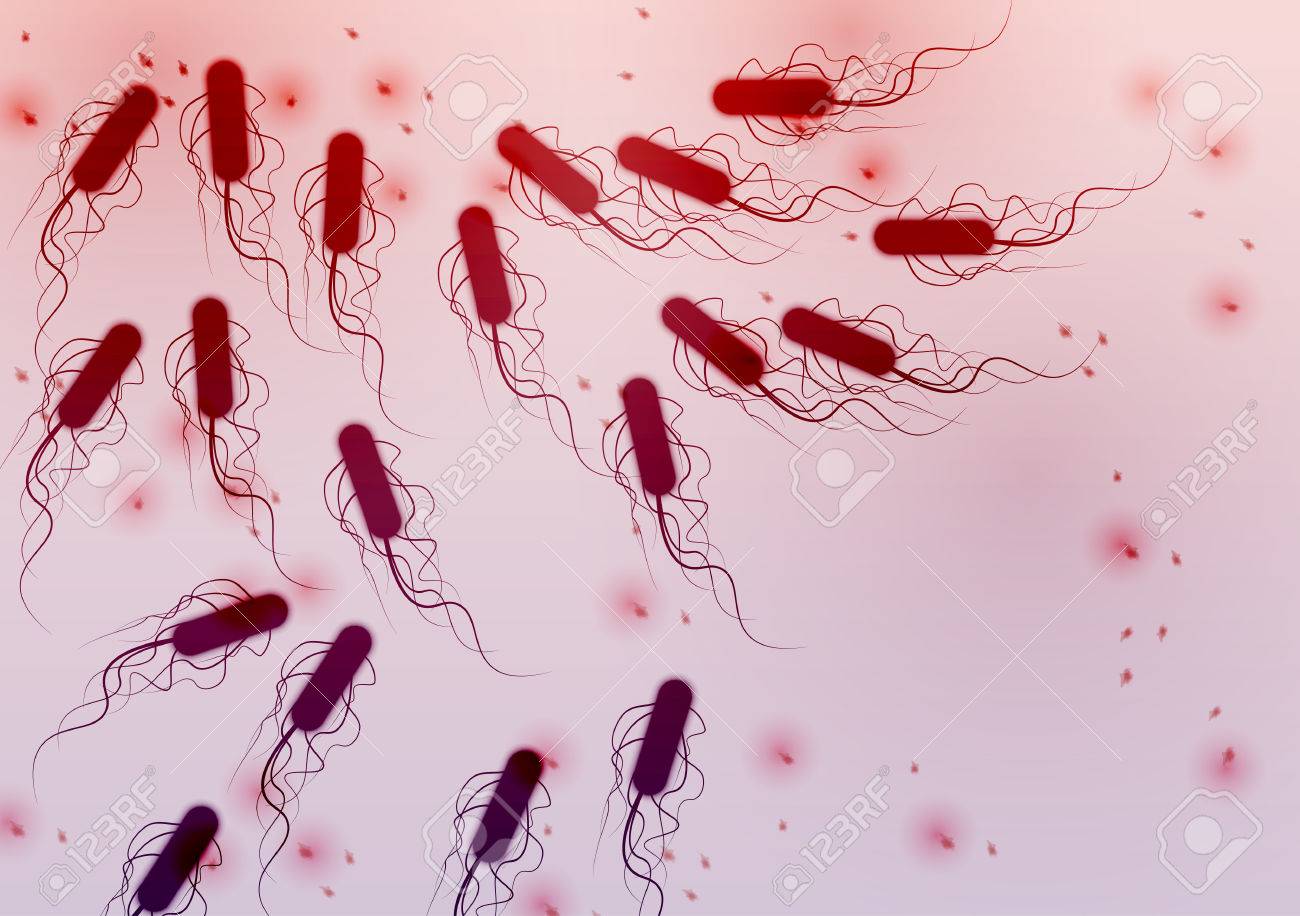
:max_bytes(150000):strip_icc():format(webp)/e-coli-symptoms-diagnosis-treatment-4174407_FINAL-5bc3f6a2c9e77c0051aa3143.png)

Duck and Goose
For my journey outdoors, I decided to visit one of my local parks. I visited Shorty Howell Park located in Duluth, Georgia. This is the only park in town, that has its own lake. Of course, with this habitat, there is wildlife. There are many different microbes inside the lake. There is also a population of duck and geese that live on the lake. I took a walk around the lake and analyzed the environment for my self. I investigated the murky waters of the lake. Most of the water was covered in pollen.
For this project I wanted to study certain bacteria that can be found in a lake such as this one. For this blog I choose E.Coli. It is one of the most common bacteria that is found in water. It can also be spread from animal feces. Escherichia coli is a waterborne pollutant, and they thrive more in warmer waters like this. As the weather gets warmer, E.Coli can grow and spread. The ducks and geese that live around this lake play a factor in this study. Around the lake, and near the outer areas, there are large traces of duck feces. I might have even stepped in some.







